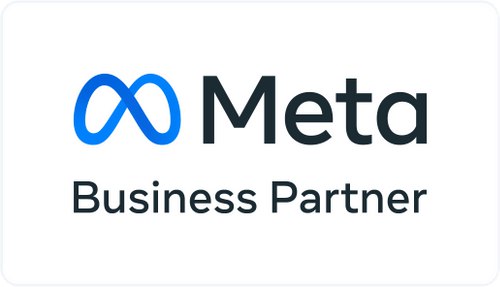
FeedLabs vs Later comparison
FeedLabs is focused on optimising and fully automating product feed based publishing and advertising on the big Social Media platforms. In comparison, Later.com is a social media management platform in which posts and ads still need to be set up manually. FeedLabs has very specific features such as hyper localised ads and conditional rendering that are tailored specifically for businesses that want to scale up. Finally, FeedLabs provides advanced analytics and reporting with breakdowns such as product and product image level, while Later.com focuses more on basic social media engagement metrics.
Later is a social media management platform that only allows users to schedule, publish and analyse content for Instagram, Facebook, Twitter, and Pinterest. Later.com is lacking a feed integration at this moment, so all posts need to be set up manually. Also advertising your posts in Later.com is not supported.
For Instagram Later.com offers a Linkin.bio integration that turns your profile into a mini website analytics to track traffic and conversions. The platform provides features such as hashtag suggestions, UGC search tools, and a visual content planner for scheduling Instagram Reels.
Side-by-side comparison
Both Later.com and Feedlabs are social media management platforms. However, Later.com is mainly focused for SME businesses, while FeedLabs is specialised in servicing organisations that want to scale up their business. Especially brands with great amounts of articles, services, and products can benefit from FeedLabs. Both brands are enlisted as preferred Meta Business Partners. Below we will break all the information into a comparison table, to get the clearest result.
 | |||
|---|---|---|---|
| Automated RSS, XML and CSV posting | |||
| Post with a link | |||
| Dynamic creative templates | |||
| Add CTA buttons to Facebook link posts | |||
| Hyperlocalized posts and ads | |||
| Conditional rendering | |||
| Auto-boosting | |||
| Insights on product level | |||
| Audience targeting | Advanced | Limited | |
| Customer support | Dedicated account manager | Email and chat |
Pros and cons comparison: which is better for for you?

